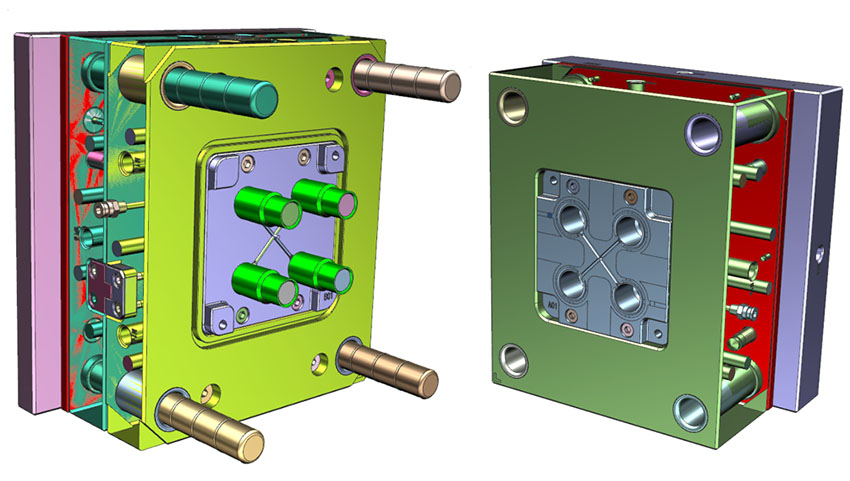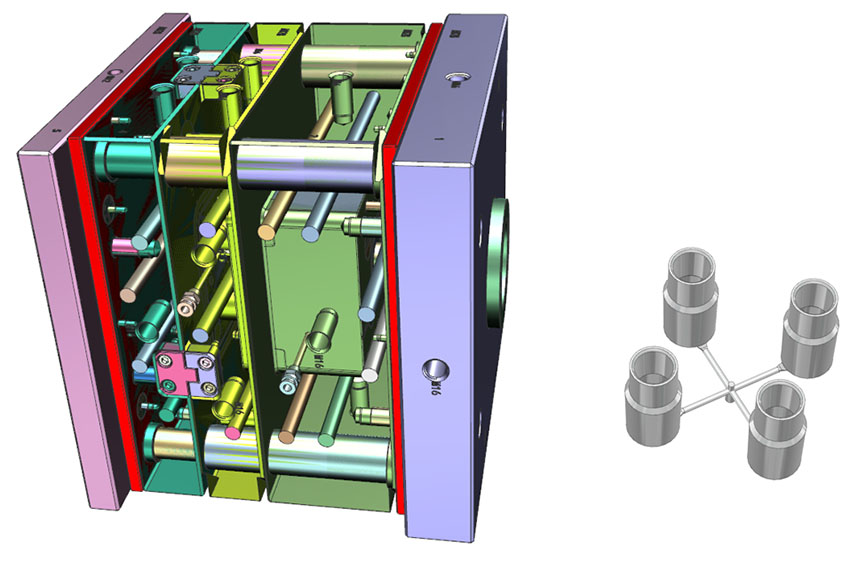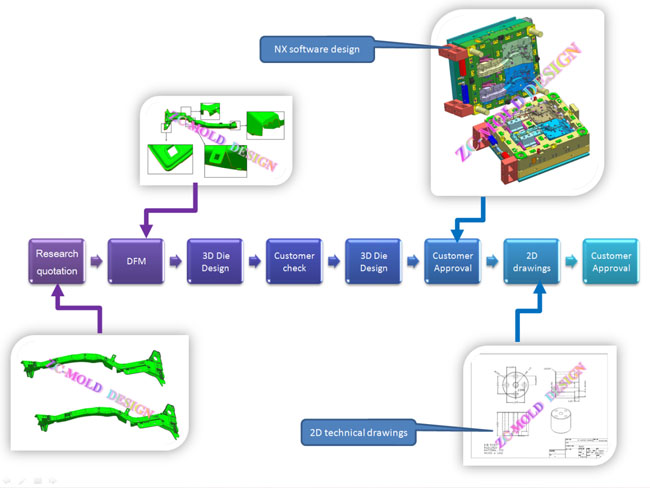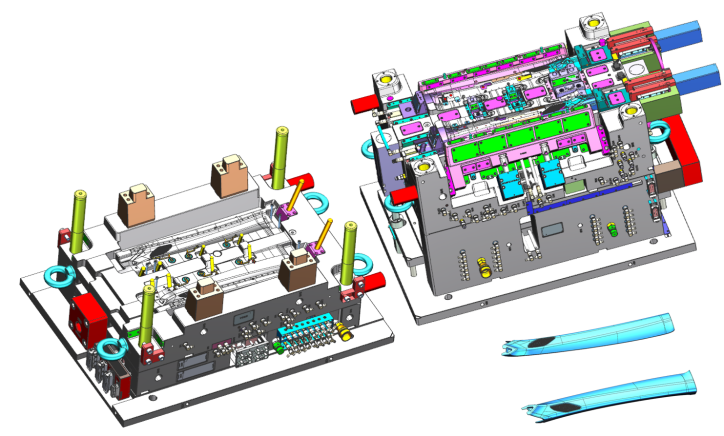The design of injection molds for liquid silicone rubber is generally similar to the design of molds for thermoplastic parts. Nevertheless, some important differences in the behavior of silicone should be noted.
the filling times of the cavity are very short – even at low injection pressures. In order to avoid air entrapments, a good venting of the mold is necessary.

LSR mold design-shrinkage
The overall quality of the product will be impacted by the shrinkage rate of the silicone used. Unfortunately, shrinkage is very difficult to predict and requires a lot of adjustment before production. In addition to the shrinkage that can occur during curing, several other factors can affect the rate of shrinkage, including the temperature of the tools during molding and ejection.
This shrinkage during the cooling depends on several factors:
l Pressure in the cavity and, consequently, the compression of the materials.
l Location of injection point (shrinkage in the direction of the material flow is usually higher than shrinkage perpendicular to the direction of flow).
l The dimension of the part (the shrinkage of thicker rubber parts is lower than that of thinner rubber parts).
l Post-curing the rubber part causes additional shrinkage of about 0.5 to 0.7%.
LSR mold design-Gates
liquid silicone rubber parts tend to require smaller gates, due to the properties of the material. A gate feeds into the thickest section of the component. Because gates leave blemishes on finished components, placing them on a surface that is not dimensionally nor aesthetically critical during the design process can provide for a better product. If that is not possible, leaving a recess specifically for the gate when designing the mold can help mitigate this problem.
LSR mold design-Venting
The air that is enclosed in the cavity is first compressed by the injected silicone and then expelled through the venting channels.
Special venting channels with a 1 to 3 mm width and a depth varying between 0.004 to 0.005 mm are inserted into the parting line so the air can escape. Optimum venting is created by a vacuum. To produce such a vacuum, the mold stops during the closing movement at 0.5 to 2 mm before it is completely closed. A gasket is built into the parting line, so a vacuum pump can draw the air from the cavities. Only when the vacuum has reached a certain reduced pressure or a time cycle has come to its end will the machine close the mold completely and the injection process is restarted.






